Buttercup control
paulyn
17 years ago
Featured Answer
Sort by:Oldest
Comments (28)
Embothrium
17 years agojillian_plicplic
17 years agoRelated Professionals
West Milford Landscape Architects & Landscape Designers · Mountain Brook Landscape Architects & Landscape Designers · Suffern Landscape Architects & Landscape Designers · Finneytown Landscape Architects & Landscape Designers · Fort Wayne Landscape Contractors · Harrisburg Landscape Contractors · Hurricane Landscape Contractors · Panama City Beach Landscape Contractors · Porterville Landscape Contractors · Wentzville Landscape Contractors · Whittier Landscape Contractors · Casselberry Landscape Contractors · Fort Lee Fence Contractors · North Miami Beach Fence Contractors · Winnetka Fence Contractorsgardengal48 (PNW Z8/9)
17 years agoEmbothrium
17 years agojillian_plicplic
17 years agoRatherbgardening
17 years agoeric_wa
17 years agopaulyn
17 years agoEmbothrium
17 years agoscarlettmx5
17 years agoswineinsanity
17 years agolostleaf
17 years agocatkin
17 years agotrolley_molly
17 years agoLoretta NJ Z6
17 years agoaesculus89
17 years agohemnancy
17 years agonzjase
16 years agohemnancy
16 years agonzjase
16 years agocascadians
16 years agocascadians
16 years agoiris054
8 years agogardengal48 (PNW Z8/9)
8 years agolast modified: 8 years agoFairweather_ Gardener
8 years agopugetsoundgardener
8 years agoKaillean (zone 8, Vancouver)
8 years agolast modified: 8 years ago
Related Stories
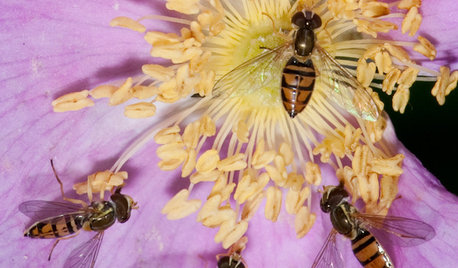
GARDENING GUIDESThis Fly Is One of the Most Beneficial Insects Around
Meet the syrphid fly, a colorful pollinator that also beats chemicals for controlling aphids and other garden pests
Full Story
GARDENING GUIDESHow to Switch to an Organic Landscape Plan
Ditch the chemicals for a naturally beautiful lawn and garden, using living fertilizers and other nontoxic treatments
Full Story
EDIBLE GARDENSNatural Ways to Get Rid of Weeds in Your Garden
Use these techniques to help prevent the spread of weeds and to learn about your soil
Full Story
GARDENING GUIDESGreat Design Plant: Bugle Weed, a Quick Ground Cover
It’s highly adaptable, suppresses weeds, reduces erosion and provide weeks of bright flowers. Just watch for invasiveness
Full Story
GARDENING GUIDESGreat Design Plant: Milkweed
Quit cringing. This not-weed plant is a sight to behold in the garden, has a delicious vanilla scent and is a magnet for butterflies
Full Story
LANDSCAPE DESIGNHow to Create a Cottage-Style Garden
If you like an abundance of plants — and visits from birds, bees and butterflies — this may be the style of yard for you
Full Story
MODERN HOMESHouzz Tour: Earthy Decor Adds Warmth to a Modern Home
Nature-based colors and rustic elements bring a cozier feeling to a minimalist house in Southern California
Full Story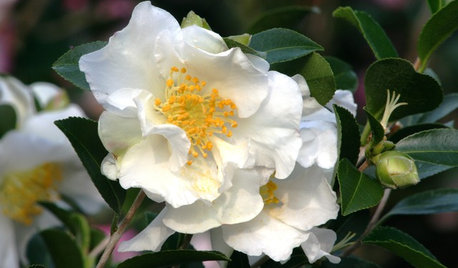
WINTER GARDENING6 Flowers for Gorgeous Winter Garden Color
Blooming beauties can be yours from January through March — just take your pick from these bulbs, shrubs and even a tree
Full Story
COLOR9 Monochromatic Rooms That Span the Rainbow
One color can yield infinite interest when it's done right — just hop on over the rainbow with us and see
Full Story
CONTEMPORARY HOMESHouzz Tour: A Home in Sync With Its Surroundings
A contemporary Los Angeles home has big views and seamless transitions between indoors and outdoors
Full Story






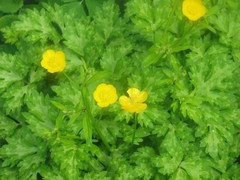
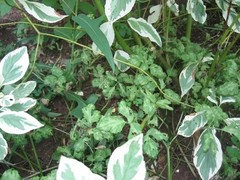
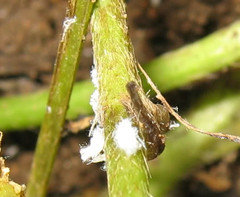


botann